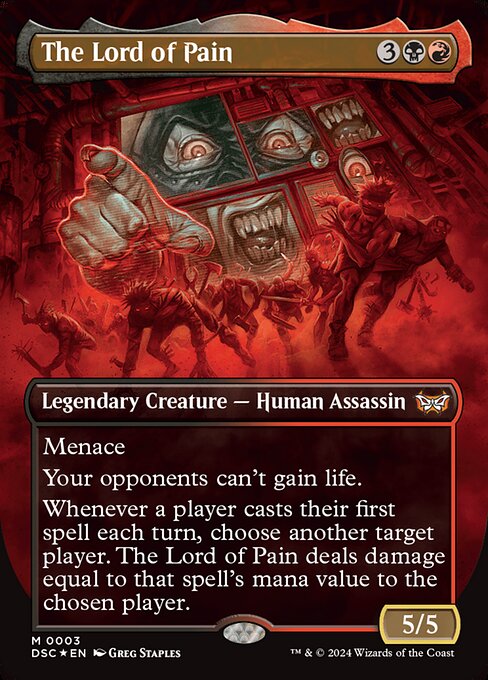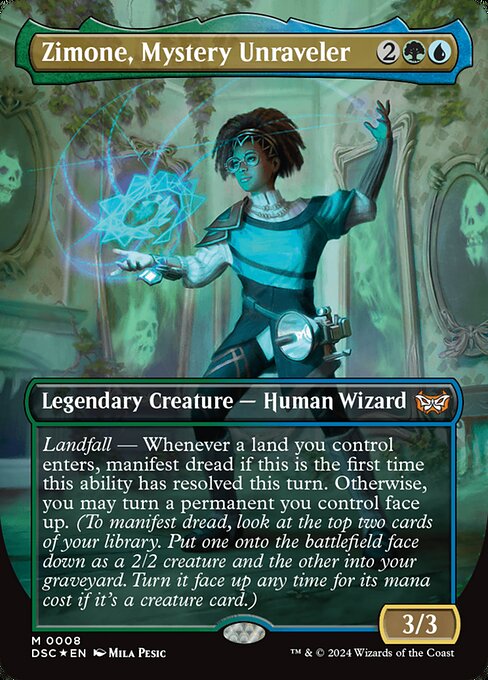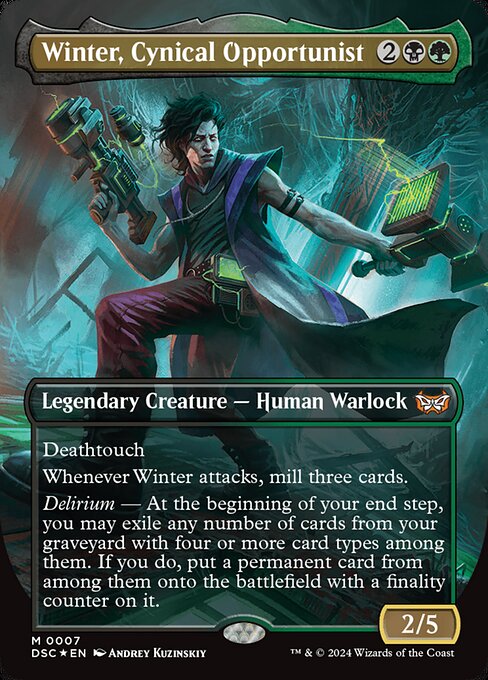Deck & Commander Strategies

Zimone, Mystery Unraveler
Focuses on manifesting cards and controlling the board by turning cards face down to trigger land ramp and buff creatures when they turn face up, enabling a steady flow of threats and resource advantage.

The Lord of Pain
Leverages aggressive token generation and damage amplification schemes to pressure opponents with swarms of Red Devil tokens and incremental damage boosts.

Winter, Cynical Opportunist
Utilizes card draw and control elements, including creatures with evasion and planeswalkers, to maintain board presence and apply pressure while supporting the team’s tempo.
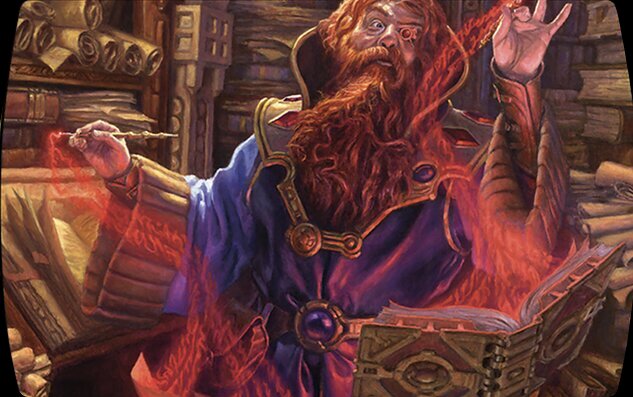
Commodore Guff
Employs ramp spells and creatures, including planeswalkers and combat-focused creatures, to build board presence and contribute to the aggressive strategy against the archenemy.
Gameplay Insights
- 1
The archenemy’s use of ongoing schemes to amplify damage and create additional token creatures created constant pressure that opponents had to address each turn.
- 2
Copying spells like Disorienting Choice to exile multiple artifacts simultaneously disrupted opponents’ ramp and mana acceleration effectively.
- 3
Manifesting cards with Zimone allowed for both resource ramp and surprise blockers or attackers, synergizing well with land search and creature buffs.
- 4
The archenemy’s approach of weakening opponent creatures by turning them into 1/1 basics without abilities limited blockers and defenses, facilitating token attacks.
- 5
Opponents prioritized removing key artifacts like Sword Ring to prevent the archenemy from gaining extra mana, which shows awareness of resource denial strategies.
- 6
Combat focused on trading smaller blockers against the growing horde of Red Devils, with incremental damage from abilities and schemes steadily reducing opponents’ life totals.
Notable Cards
-
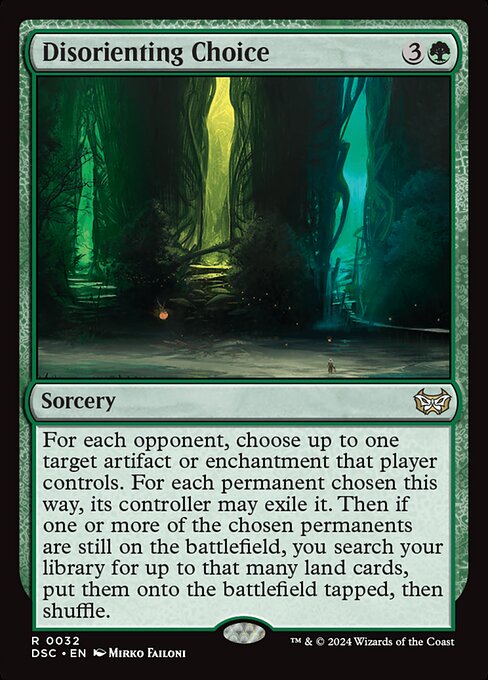
Disorienting Choice
-
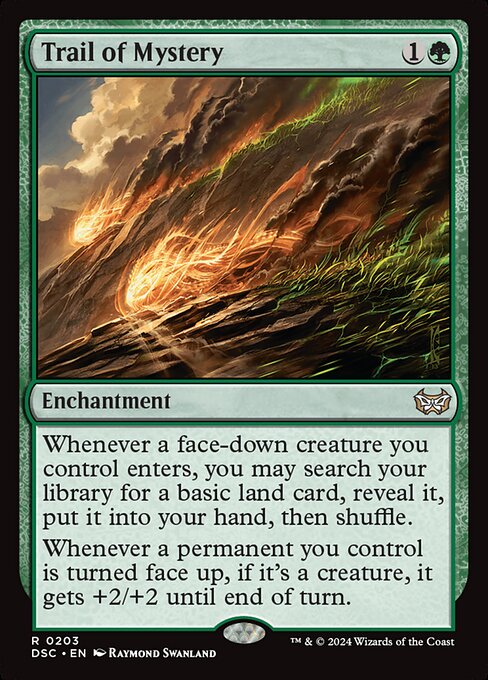
Trail of Mystery
-

Myriad Landscape
-

Deathreap Ritual
Gameplay Summary
The game started with the archenemy player setting the tone by creating multiple 1/1 Red Devil tokens and leveraging schemes that boosted damage and created additional tokens.
The archenemy’s strategy revolved around overwhelming the opponents with these tokens and using schemes to disrupt the opponents’ boards, such as forcing creatures to lose abilities or be destroyed.
Meanwhile, the opposing players developed their boards by ramping mana and playing creatures and planeswalkers.
One key moment was when the archenemy used a scheme that allowed copying spells, enabling powerful interactions like doubling artifact/enchantment removal and expanding their mana base quickly.
The archenemy’s tokens grew stronger due to a scheme granting +2/+2 and fear, making them difficult to block effectively.
The opponents tried to stabilize by deploying their commanders and utilizing removal and card draw, but the increasing pressure from the Red Devils and ongoing schemes maintained the archenemy’s dominance.
Combat phases saw consistent damage from token swarms and flying creatures, while the archenemy’s ability to copy spells and control the board kept them in a strong position.
The game’s win condition centered on the archenemy overwhelming opponents with incremental damage from tokens and spells, while opponents sought to disrupt and outpace the archenemy’s schemes and token generation.


